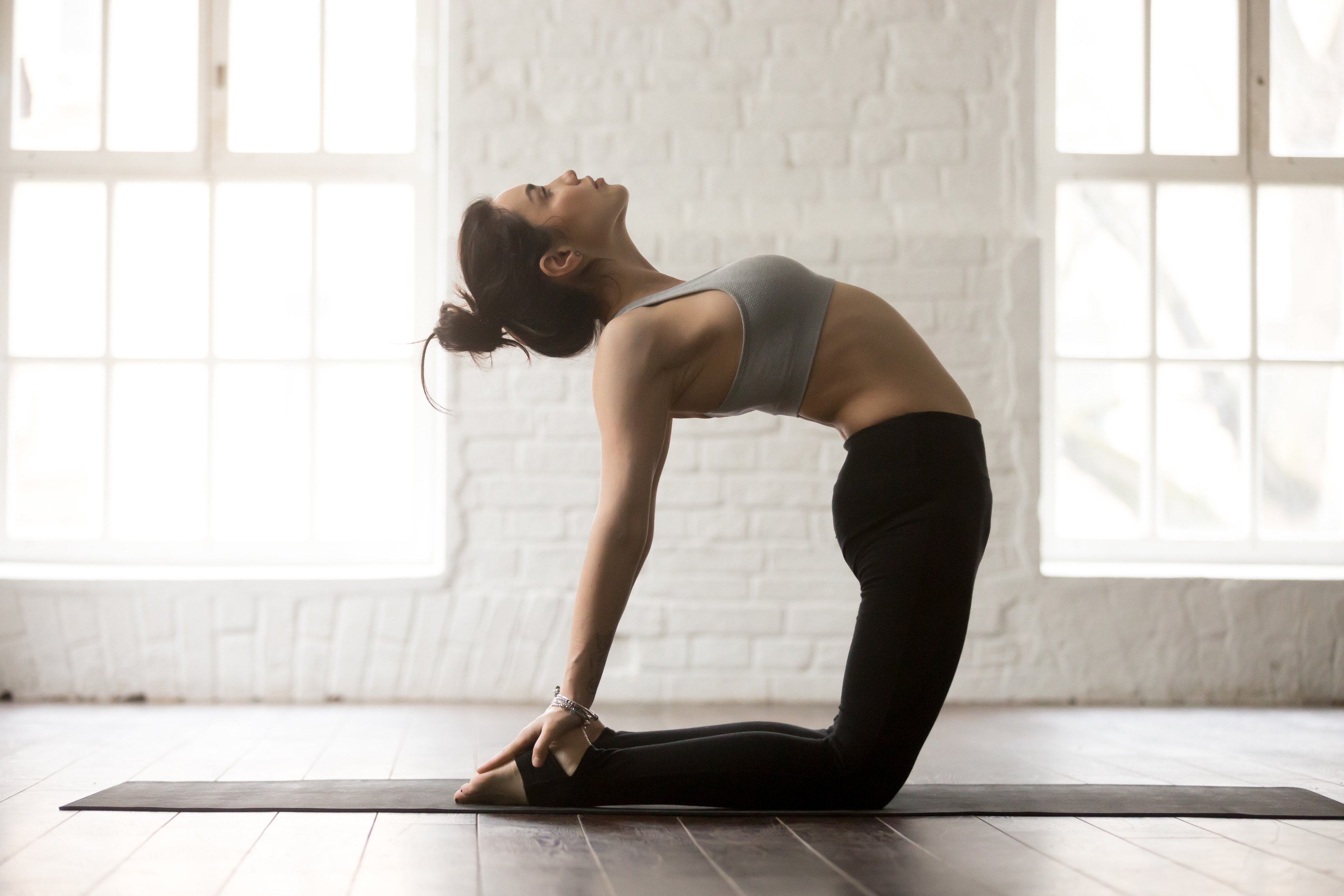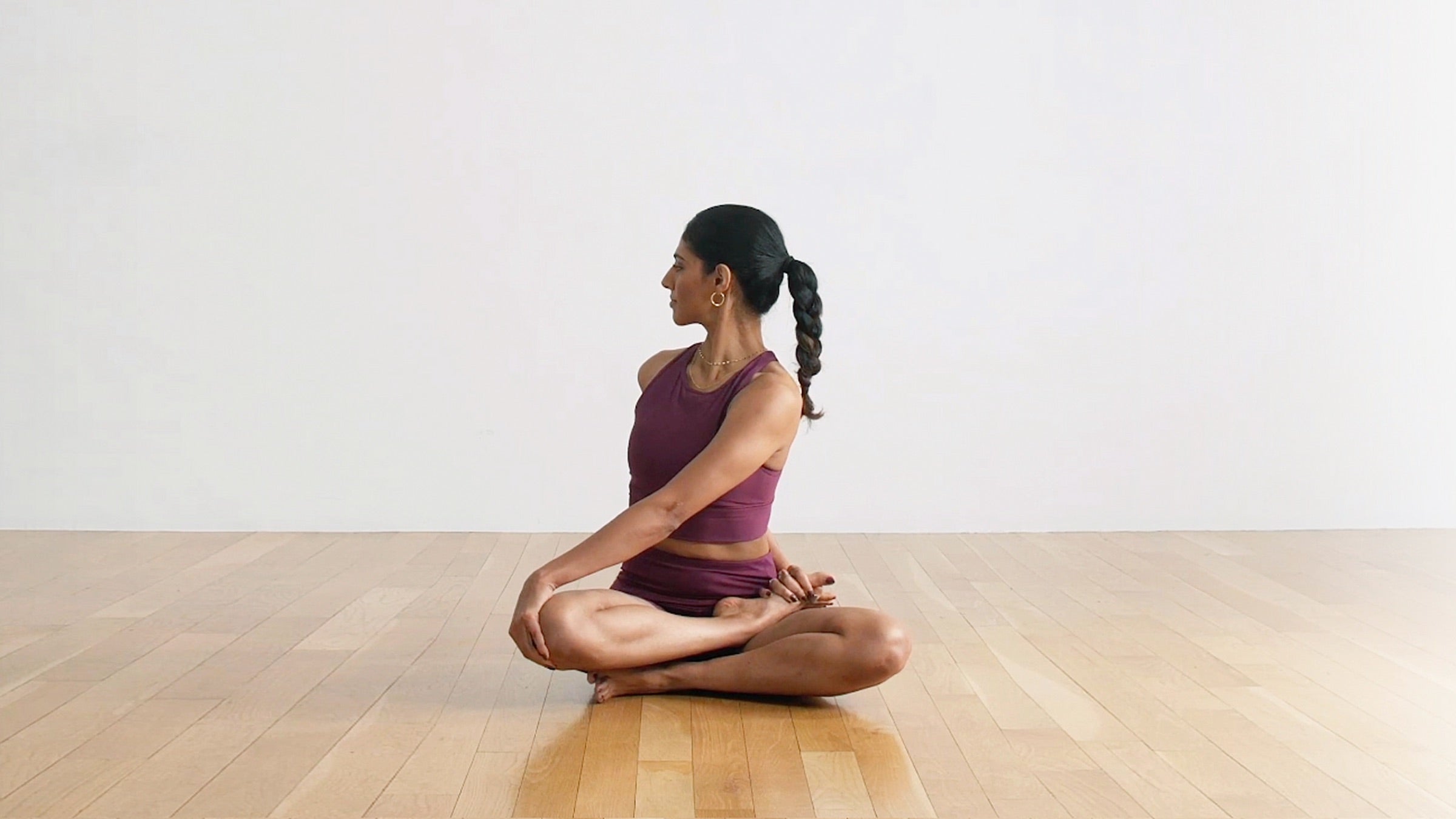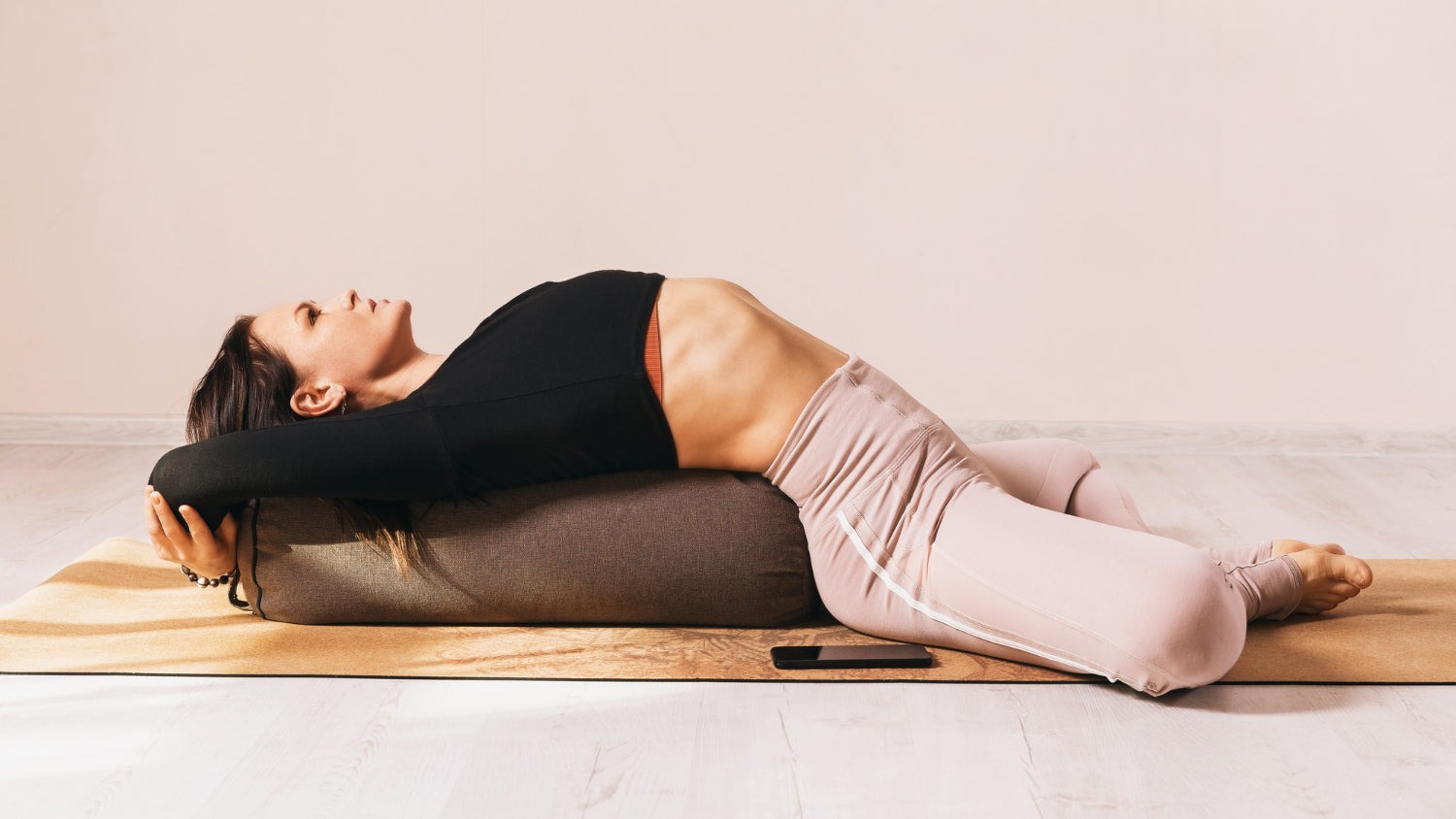😍😍ST10. 8 Yoga Poses for When Your Energy Needs a Boost
It’s no secret that modern life can leave us feeling drained, whether due to work, family responsibilities, or the constant hustle of everyday activities. Many of us have experienced the overwhelming feeling of exhaustion that just doesn’t seem to go away, no matter how much sleep we get. While tiredness can be caused by numerous factors, ranging from vitamin deficiencies to stress, it’s also common for our daily routines to exacerbate the feeling of fatigue.
Yoga offers a powerful tool to not only stretch and strengthen your body but to also restore your mental energy and provide much-needed relaxation. The beauty of yoga is its versatility; it can be both calming and energizing, depending on the sequence of poses. If you find yourself lacking energy but don’t want to push yourself with high-intensity exercise, yoga may be the perfect solution. Below are eight yoga poses that can help you recharge, relieve stress, and boost your energy in a sustainable and soothing way.
1. Balasana (Child’s Pose), Variation

While Child’s Pose is typically associated with rest, this variation is an excellent way to begin your practice by honoring your body’s current energy levels. Instead of diving directly into more stimulating poses, start with this grounding, restorative position to reconnect with your breath and center your mind.
How to:
-
Start by kneeling on the mat with your big toes together and knees separated.
-
Place a block in front of you, then fold forward, resting your forehead on the block.
-
Reach your arms out in front of you and bend your elbows slightly, lifting your forearms off the ground.
-
Imagine pressing your armpits toward the floor while simultaneously reaching your chest forward.
-
Hold for 10 deep breaths.
This pose helps activate the back, stretching it gently while allowing the heart to open, creating a balance of relaxation and subtle activation.
2. Bitilasana/Marjaryasana (Cat-Cow Pose)

Cat-Cow is a fundamental yoga pose sequence that works wonders in boosting circulation and awakening the body. This movement gently massages your spine and helps stimulate energy flow through the chest and lungs. The rhythmic motion of these two poses is perfect for warming up the body and revitalizing it.
How to:
-
Begin in a tabletop position with wrists directly under shoulders and knees under hips.
-
Inhale as you lift your head and chest into Cow Pose, arching your back, and lengthening the tailbone.
-
Exhale as you round your spine, dropping your head and engaging your belly in Cat Pose.
-
Repeat the movement for five full cycles, linking each breath with the movement of your spine.
This sequence encourages deep breathing and helps oxygenate the body, which boosts your energy and mood.
3. Low Lunge, Variation

Low Lunge stretches your hip flexors and opens up the chest, helping release tension that often contributes to stress and fatigue. The hip flexors are also closely tied to the adrenal glands, which help regulate your body’s response to stress. By stretching and releasing these muscles, you encourage a more balanced energy flow throughout the body.
How to:
-
Start in Downward Facing Dog, then step your right foot between your hands into a low lunge.
-
Lower your left knee to the mat and inhale, reaching your arms overhead.
-
On the exhale, bend your elbows and squeeze your shoulder blades together, opening your chest.
-
Repeat for five breaths before switching sides.
This pose activates the psoas muscles and helps stimulate the adrenal glands, promoting a sense of energy and relaxation.
4. Urdhva Mukha Svanasana (Upward Facing Dog), Variation
Upward Facing Dog is a backbend that opens up the chest and stimulates the spine. It also strengthens the arms, wrists, and core. By practicing this pose, you stimulate the energy centers of your body, helping to boost your mood and increase alertness.
How to:
-
From Downward Dog, shift into a Plank position and lower yourself to the floor.
-
Inhale as you press into your palms and lift your chest, keeping your legs engaged.
-
Open your chest and roll your shoulders back to lift the heart forward.
-
Hold for five breaths before returning to Downward Dog.
This posture stretches the chest and spine while stimulating the body’s energy flow.
5. Virabhadrasana II (Warrior II Pose), Variation

Warrior II is a powerful standing pose that helps build strength and stamina while enhancing energy levels. The grounding nature of this pose, paired with an expansive arm stretch, helps to open the chest and boost circulation, providing an energy lift.
How to:
-
Start in Downward Facing Dog and step your right foot forward between your hands.
-
Rotate your left foot outward, so your heel is aligned with your right foot, and come into a deep lunge.
-
Raise your arms parallel to the ground, palms facing down, and turn your head to look over your right hand.
-
Hold for eight breaths, then repeat on the left side.
Warrior II engages the legs and core, strengthening the body while also promoting mental focus and alertness.
6. Ustrasana (Camel Pose), Variation

Camel Pose is a deep backbend that opens the chest and stimulates energy flow through the body. It’s particularly helpful for combating the sluggishness that can arise from poor posture and prolonged sitting.
How to:
-
Begin in a kneeling position with feet hip-width apart.
-
Place your hands on your lower back for support, then inhale and lengthen your spine.
-
On the exhale, arch back, reaching for your heels (if comfortable), and extend your chest toward the sky.
-
Hold for five breaths, then return to the starting position.
This deep backbend revitalizes the body and boosts energy by stretching the entire front of the body and opening the chest.
7. Bharadvajasana (Bharadvaja’s Twist)

Twists are an excellent way to balance the energy in your body, especially after working through intense movements. Twists help detoxify the body by stimulating internal organs and promoting better digestion, which can contribute to an overall increase in energy levels.
How to:
-
Sit on the mat with your legs bent and feet together.
-
Place your right hand on your left knee and your left hand behind you for support.
-
Inhale to lengthen your spine, then exhale and twist to the left.
-
Stay for five breaths, then switch sides.
This seated twist promotes spinal health and encourages energy flow, especially when you’ve been sitting for long periods.
8. Supta Baddha Konasana (Reclining Bound Angle Pose)

Reclining Bound Angle Pose is a gentle, restorative pose that encourages deep relaxation and energy restoration. It’s an excellent way to close your practice and allow the body to fully absorb the benefits of the preceding poses.
How to:
-
Sit in front of a bolster or folded blankets, placing your sacrum at the edge.
-
Lie back over the bolster and bring your soles together, letting your knees fall outward.
-
Place blocks under your knees for support if needed, and close your eyes to relax.
Hold this pose for 5-10 minutes, focusing on your breath and allowing your body to recharge and rejuvenate.
Conclusion: A Revitalizing Practice for Sustained Energy
Yoga is a powerful tool to both energize and calm the body, mind, and spirit. By incorporating these eight poses into your routine, you can create a balanced practice that supports sustainable energy levels, enhances mood, and reduces stress. Remember that energy isn’t just about feeling wired or overstimulated; it’s about finding a sense of equilibrium and awareness in your body.
Yoga offers a unique opportunity to listen to your body’s needs and tailor your practice accordingly. Whether you’re looking to boost your energy levels or simply unwind, these asanas are a wonderful way to nurture your body, mind, and soul.
Brandi Passante DR0PS Gorgeous New PH0T0S Leaving LittIe T0 The lmagination!!!!!!
Barefoot, but never basic 💚💭

Bella has appeared in over 210 films, showcasing her versatility and dedication. 😎

Chillin’ in florals like it’s always spring 🌸✨ – Diana Grace

Brandi Passante DR0PS Gorgeous New PH0T0S Leaving LittIe T0 The lmagination!!!!!!


Brandi Passante is best known for her role on the reality TV show “Storage Wars.” While there are numerous photos of her available online, it’s important to respect her privacy and view only publicly shared images. For a collection of professional photographs, you can visit Getty Images!
Yoga vs. Traditional Exercise: Which is Best for Your Health?
Yoga vs. Traditional Exercise: Which is Best for Your Health?
When it comes to improving overall health and well-being, both yoga and traditional exercise offer unique benefits. Choosing the right approach depends on individual fitness goals and lifestyle preferences. Below is a comprehensive comparison of the advantages of yoga and traditional exercise.
Benefits of Yoga

Yoga is a holistic practice that combines physical postures, breathing techniques, and mindfulness. It is known for its ability to promote mental and physical well-being.
- Enhances Flexibility & Mobility – Regular yoga practice improves flexibility, reduces stiffness, and increases joint mobility, reducing the risk of injuries.
- Reduces Stress & Anxiety – Yoga promotes relaxation and lowers cortisol levels, making it an effective tool for stress management and mental clarity.
- Improves Joint & Spinal Health – Gentle, low-impact movements help maintain joint health and alleviate back pain.
- Boosts Balance & Posture – By focusing on alignment and core strength, yoga enhances overall posture and stability.
- Aids in Pain Relief – Studies show that yoga can help alleviate chronic pain, including conditions like arthritis and lower back pain.
- Enhances Heart Health – Certain types of yoga, such as Vinyasa or Power Yoga, can offer cardiovascular benefits by improving circulation and lowering blood pressure.
- Promotes Better Sleep – Regular yoga practice helps reduce insomnia and improves overall sleep quality.
Benefits of Traditional Exercise

Traditional exercise, including strength training, cardiovascular workouts, and high-intensity interval training (HIIT), is essential for maintaining physical fitness and preventing chronic diseases.
- Builds Muscle Strength & Endurance – Strength training increases muscle mass, tones the body, and improves overall endurance.
- Improves Cardiovascular Health – Activities such as running, cycling, and swimming strengthen the heart, enhance circulation, and improve lung capacity.
- Aids in Weight Management – High-intensity workouts and resistance training boost metabolism and help with weight loss.
- Strengthens Bones & Joints – Weight-bearing exercises improve bone density, reducing the risk of osteoporosis.
- Increases Energy Levels – Regular physical activity enhances stamina and reduces fatigue.
- Regulates Blood Sugar Levels – Strength and aerobic training help manage blood sugar and reduce the risk of diabetes.
Which One is Best for You?
The choice between yoga and traditional exercise depends on personal goals:
- For stress relief, flexibility, and mindfulness: Yoga is ideal.
- For muscle building, endurance, and fat loss: Traditional exercise is more effective.
- For overall well-being: A combination of both can provide the most comprehensive health benefits.

Integrating yoga and traditional exercise into a balanced fitness routine can maximize physical and mental well-being. Whether you choose yoga, traditional exercise, or both, consistency is key to achieving lasting health benefits.
10 Things to Avoid After Eating (And Why)
After a meal, your body enters a crucial phase of digestion and nutrient absorption. However, certain habits can disrupt this process, causing issues like bloating, indigestion, and acid reflux. Here are 10 scientifically-backed things you should avoid after eating—and the healthy alternatives you can adopt.
1. Avoid Lying Down Immediately
Why: Lying flat right after eating can cause acid reflux, as it allows stomach acid to flow back into the esophagus. It also slows down the natural movement of food through your digestive tract.
What to Do Instead: Stay upright for at least 2–3 hours after meals to help gravity aid digestion and prevent heartburn.
2. Avoid Smoking
Why: Smoking weakens the lower esophageal sphincter, leading to acid reflux. It also interferes with the absorption of essential nutrients like calcium and vitamins C and D.
What to Do Instead: Avoid smoking after meals—ideally, quit altogether for both digestive and cardiovascular health.

































Mesothelioma is a word that carries heavy weight and profound implications. For those affected by this aggressive cancer, often linked to asbestos exposure, the journey can be daunting. Navigating through medical treatments, emotional turmoil, and financial strain adds to the challenge. However, there’s hope for justice and compensation through legal avenues










